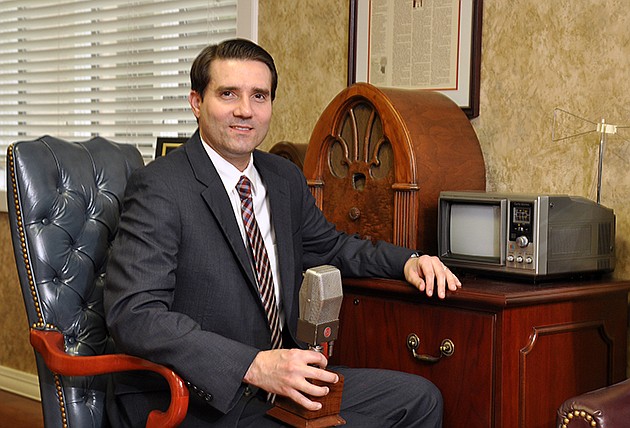- November 24, 2024
-
-
Loading

Loading

Talent can come from anywhere, so you have to be ready to spot it. Or in the case of radio, you have to listen for it.
Justin Chase, the vice president of programming for Beasley Broadcast Group, cites a recent example where a program director at Star 107.9 in Las Vegas discovered Aimee Montgomery while she was bartending at one of the casinos last summer.
After chatting with the outgoing Montgomery at the bar, the program director invited her into the studio for auditions on a gut feeling she might be terrific on air. “She'd never done radio,” Chase says.
But Montgomery was a hit on air tests and immediately signed to co-host the all-important morning drive-time show. The 5 a.m. to 10 a.m. time slot is a coveted job for on-air personalities because of the large audiences.
“Some of the best talent is brought in and developed from some unconventional place,” Chase says. “That happens a lot more than you think.”
Chase oversees programming at Naples-based Beasley's 52 stations, but he encourages program directors to scout out talent. “We give our managers a lot of autonomy,” he says.
Make no mistake about the importance of local on-air talent: “Personalities who remain at a station a long time become a part of the brand,” Chase says. In Fort Myers, for example, a trio of personalities who call themselves Big Mama and the Wild Bunch have been a staple of the morning drive time.
Where do you find the next Big Mama? “Our industry is very small,” says Chase. “Smart program directors are always listening to the radio.”
The challenge in radio is that there's no school that churns out on-air talent. “Developing talent is no different from mentoring people,” Chase says. “Being a great on-air talent is not something you can learn in college.”
To find good people, Chase takes a cue from politics. “My favorite personalities are the unofficial mayors of their cities,” he says.
The best mayors are always out in public, willing to pitch in to help and glad-handing people seven days a week. “They have to be interested in serving their communities,” Chase says.
When he travels to any of the 12 markets that Beasley serves, Chase makes sure he's listening to the radio in his rental car. He's particularly keen to listen outside of the prime drive-time hours because he might spot up-and-coming talent.
Of course, there are objective measures of success for on-air talent. For example, you can measure the size of an audience using Nielsen data. “We like to look at growth,” Chase says.
Besides pay, there are other perks including concerts and the opportunity to earn fees from endorsements. But many on-air personalities look for stations where they can craft programs and have the opportunity to work in bigger markets. “We allow them to be a part of the programming strategy,” Chase says.
TIPS
•Look for talent in unconventional places
•Always keep an eye out for good people
•Mentor up-and-coming talent
•Give people creative license
Follow Jean Gruss on Twitter @JeanGruss